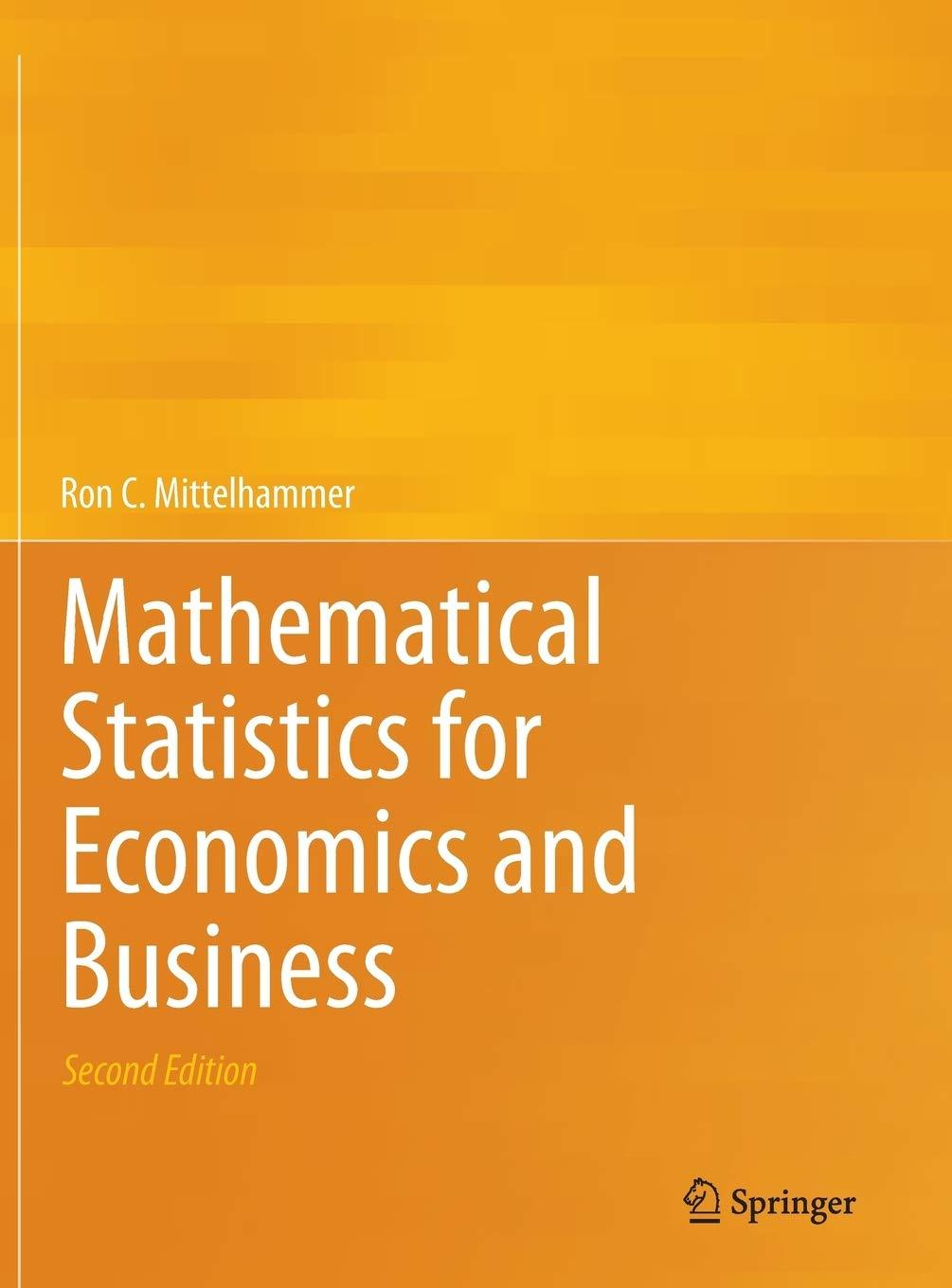28. Consider the experiment of tossing a fair coin (meaning heads and tails are equally likely on...
Question:
28. Consider the experiment of tossing a fair coin (meaning heads and tails are equally likely on each toss) three times and observing the sequence of heads and tails that results. Let H denote heads and T denote tails.
a. Define the sample space, S, for this experiment.
b. Let A be the event that at least one of the tosses results in heads. Define the appropriate subset of S that defines A. Find PðAÞ.
c. Let B be the event that at least two of the tosses results in tails. Define the appropriate subset of S that defines B. Find PðBÞ.
d. Define the probability that at least one of the tosses results in heads and at least two of the tosses results in tails, P Að Þ \ B .
e. Let C be the event that all three tosses result in tails.
Are A and C disjoint events? Are B and C disjoint events?
f. What is the probability of A or C occurring? What is the probability of B or C occurring? What is the probability of A or B occurring?
Step by Step Answer:

Mathematical Statistics For Economics And Business
ISBN: 9781461450214
2nd Edition
Authors: Ron C. Mittelhammer






